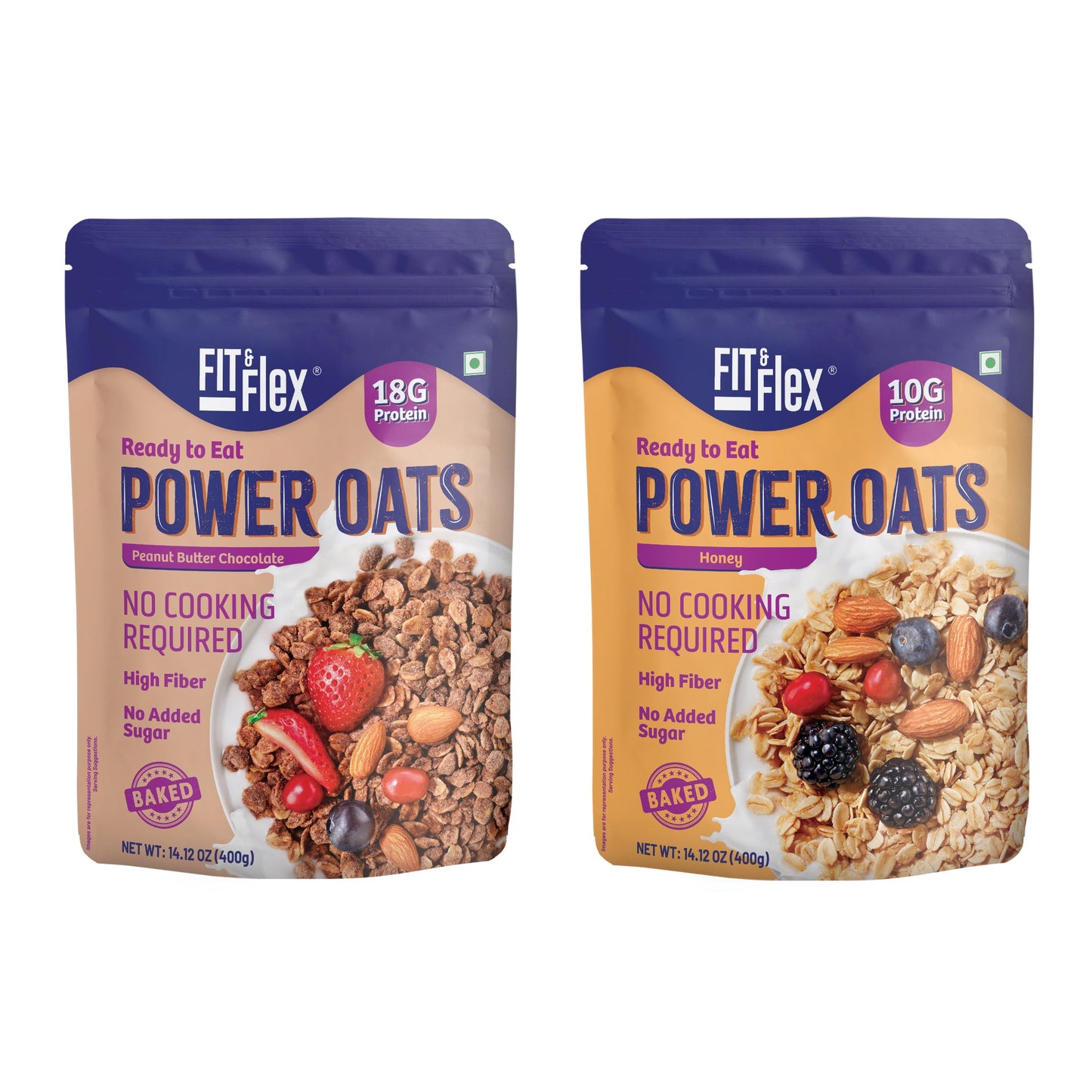Difference Between Whole Wheat, Whole Grain, and Multigrain

Navigating the world of grains can be confusing, especially when terms like "whole wheat," "whole grain," and "multigrain" are often used interchangeably. However, each term has a distinct meaning and nutritional profile. Understanding these differences can help you make more informed choices for a healthy diet.
Whole Wheat
Definition: Whole wheat refers to products made from the entire wheat kernel. This includes the bran, germ, and endosperm, ensuring that none of the nutritious parts of the wheat are removed during processing.
Nutritional Benefits:
- High Fiber: Whole wheat is a great source of dietary fiber, which aids in digestion and helps maintain a healthy weight.
- Vitamins and Minerals: It contains essential nutrients such as B vitamins, iron, magnesium, and zinc.
- Protein: Whole wheat provides a good amount of protein, supporting muscle repair and growth.
Common Products: Whole wheat bread, pasta, and flour are typical examples of whole wheat products.
Whole Grain
Definition: Whole grain refers to any grain that includes all three parts of the grain kernel: the bran, germ, and endosperm. This term is broader than whole wheat and can include grains like barley, brown rice, oats, and quinoa.
Nutritional Benefits:
- Varied Nutrients: Different whole grains offer a variety of nutrients. For instance, quinoa is rich in protein, while oats provide a high amount of soluble fiber.
- Heart Health: Whole grains are linked to a lower risk of heart disease, thanks to their fiber content and beneficial compounds.
- Digestive Health: The fiber in whole grains promotes healthy digestion and prevents constipation.
Common Products: Whole grain cereals, brown rice, oatmeal, and multigrain breads that use whole grains.
Multigrain
Definition: Multigrain simply means that a product contains more than one type of grain. However, it does not necessarily mean that these grains are whole grains. For example, a multigrain bread might include a mixture of refined and whole grains.
Nutritional Benefits:
- Potential Variety: Multigrain products can offer a variety of textures and flavors, and if they include whole grains, they can provide diverse nutrients.
- Marketing Trap: Be cautious, as multigrain products are not automatically healthier. Always check if the grains used are whole grains.
Common Products: Multigrain breads, cereals, and crackers.
Choosing the Best Option
When choosing between whole wheat, whole grain, and multigrain products, consider the following tips to ensure you’re making a healthy choice:
- Read Labels Carefully: Look for products labeled "100% whole grain" or "100% whole wheat." Check the ingredient list to ensure whole grains are listed as the first ingredient.
- Beware of Marketing Terms: Terms like "multigrain" or "made with whole grains" can be misleading. Verify the actual content of whole grains in the product.
- Check for Added Sugars and Fats: Some grain products can be high in added sugars and unhealthy fats. Opt for products with minimal added ingredients.
- Variety is Key: Incorporate a variety of whole grains into your diet to benefit from the different nutrients each grain offers.
Conclusion
Understanding the differences between whole wheat, whole grain, and multigrain is essential for making nutritious choices. Whole wheat and whole grain products offer the most health benefits, providing fiber, vitamins, and minerals essential for overall health. Multigrain products can be healthy if they include whole grains, but it's important to read labels and make informed choices. Incorporating a variety of whole grains into your diet can enhance your nutritional intake and support a healthy lifestyle.




